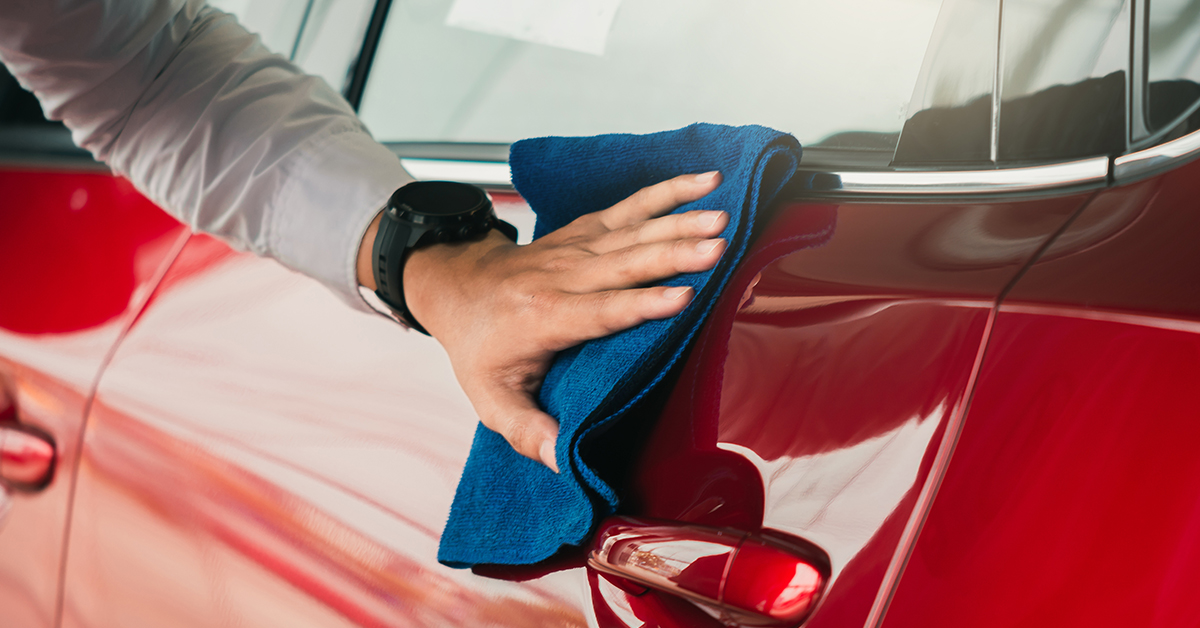Not Just Decoration: Take Care of Your Car’s Body Trim
Not Just Decoration: Take Care of Your Car’s Body Trim

Your car’s body trim is not just decorative, it includes functional components such as bumpers, handles, and seals for windows and doors. If not properly cared for, the trim will become dirty, worn or damaged, which detracts from the appearance and may even interfere with proper vehicle operation. The trim material will dictate how it is cleaned.
A damp rag is often sufficient, and a mild car wash detergent solution and soft brushes can help remove more stubborn deposits. Chemical cleaners should be used with caution; a product intended for cleaning one type of trim may cause permanent damage to others. Always carefully read and follow the directions on trim cleaning solutions.
Plastic trim – A good portion of every vehicle is made from some form of plastic, and exterior trim made of these materials is often the first to weather and deteriorate. Once the surface is washed and dried, apply a suitable cleaner/protectorant that shields against UV light.
Rubber trim – Rubber trim pieces serve as bumpers and moldings that are used to protect and seal windows, doors and other components. When not maintained, rubber trim will look chalky, get stiff and brittle, and eventually crack or tear. Once the surface is clean and dry, use a cloth to apply a rubber restoration or protective dressing. Never spray aerosol protectorants directly onto rubber components as some propellants can cause damage. With door seals, make sure the body surfaces they contact are smooth and clean as well.
Black trim – Black trim (other than rubber parts) is usually plastic, anodized aluminum or painted metal. When the surface is dry, treat the part with an appropriate protectorant designed for the part’s finish, generally either matte or gloss. Special cleaners and dyes are available to restore black trim that has a faded or chalky appearance. Some newer polymer waxes can also be used to treat and protect black trim, but make sure the product label recommends such use.
Metal trim – Metal trim can be chrome, aluminum, or stainless steel. Use a polish specifically made for the material and apply with a soft cloth. If chrome trim develops minor rust spots, they can often be removed with polishing compound or, in the hands of a professional detailer, extra-fine steel wool.
Headlight lenses – Use special care when cleaning polycarbonate plastic headlight lenses because they scratch easily. If the lenses are clouded or hazy, they can be restored using a do-it-yourself kit from an auto parts store, or by taking the car to a headlight restoration specialist. Either way, the final step should be application of a protective coating to seal and protect the refinished surface.
If you care about keeping your car looking great, let AAA make sure your car keeps running great. Find a AAA-approved repair shop or order car battery service today.












